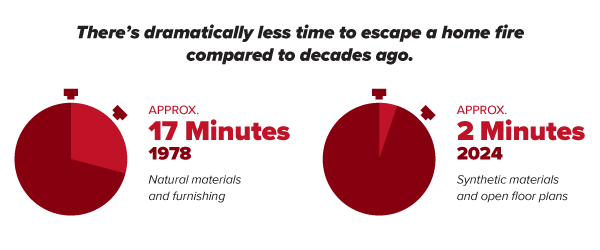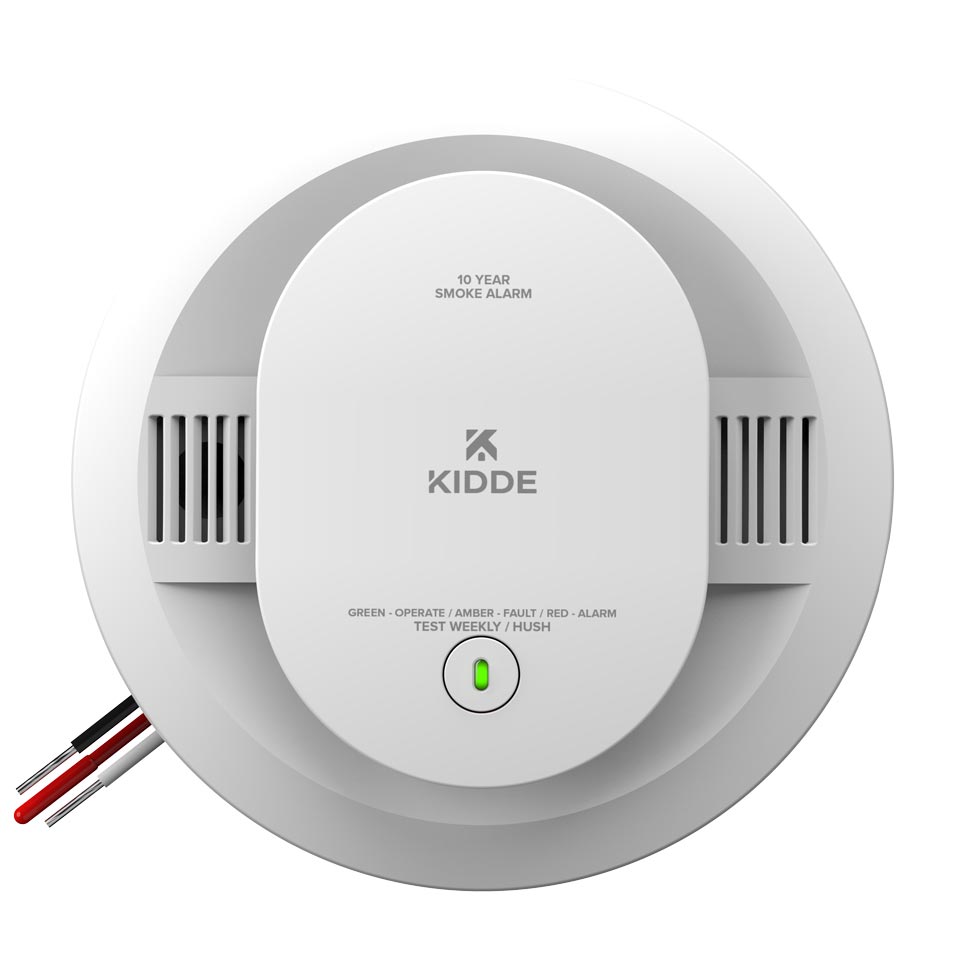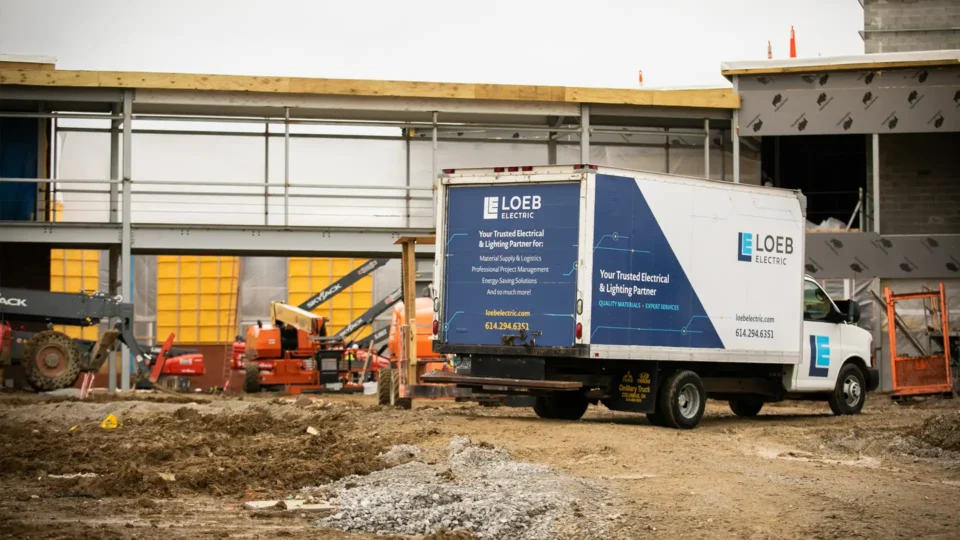Posted: November 12, 2024
By: Editorial Team
Twice a year, many Americans adjust their clocks for daylight saving time. This is also the time we’re reminded to change the batteries in our smoke alarms or replace them completely to ensure smoke alarm safety standards.
This time around, a new Underwriters Laboratories (UL) standard—UL 217, Edition 9 (last revised May 8, 2024)—applies to the manufacture of new smoke alarms after June 30, 2024.
Enhanced Smoke Alarm Safety Standards in the UL 217
This new UL standard has been implemented due to safety concerns, technological advances, and housing updates over the past few decades. This revision represents a major change in the life safety industry.
To better understand how different fires are triggered and develop technology to detect smoke particles from synthetic materials, UL conducted a smoke characterization project for the National Fire Protection Research Foundation (NFPRF). According to UL, “The results of the smoke characterization project demonstrated a need to develop test methods for smoldering and flaming polyurethane foam; in addition to the smoldering and flaming wood and paper tests already in the standard.”
With over 250 revisions to standards set for the new products, these two updates are considered most important to note:
1. Response Time Updates
Synthetic items and open floor plans in modern homes allow fires to burn hotter and faster. The time you have to escape from a fire in 2024 is 2 minutes, whereas in 1978, it was 17 minutes! New UL standards in smoke alarm technology include early warning detection, giving you more time to escape.
2. Reduced Cooking Nuisance Alarms
A significant cause of “nuisance alarms” being triggered is due to cooking activities (steam, burning food, etc.). Newer smoke alarms that adhere to UL standards are more technologically advanced and often capable of distinguishing between cooking and an actual fire. Why is this a safety hazard? Many people are tempted to turn off or remove their smoke alarms while cooking and often forget to put them back, which can lead to hazardous situations.
Smoke Alarms to Meet UL 217 Edition 9
While current smoke alarms may still be sold and installed, it’s a good idea to update to the current standard sooner rather than later. While more expensive, these new smoke alarms not only keep everyone safe, but older editions will eventually be phased out.
Stay ahead of the curve with the Kidde DETECT series smoke alarm. Kidde builds to these enhanced smoke alarm safety standards and includes technology that exceeds them. These updates include:
- Over 25% faster smoke detection*
- Up to 3x more precise smoke detection**
- New photoelectric sensing plus firmware for improved detection of all fire types, including fast flaming and smoldering in one alarm
- New electronics for improved particle discrimination for reduced nuisance alarms
- 10-year warranty with a power surge immunity
* 29% faster average smoke detection based on internal testing of smoldering wood fires for Kidde edition 9 vs. leading competitor edition 8 products.
** In terms of consistency and range of obscuration rate, based on internal testing for Kidde edition 9 vs. leading competitor edition 8 products.
Your Electrical Supply Experts
Have more questions or concerns about fire safety products or enhanced smoke alarm safety standards? Loeb is here to help. Contact us online or call us today at 800.686.6351 to discuss your next fire safety project.
Speak with lighting & electrical distribution experts today.
Related Posts:
Recent Posts
Electrical Value Engineering: 4 Ways Distributors Deliver Better Project Results
September 16, 2025
Share via:
Read more




